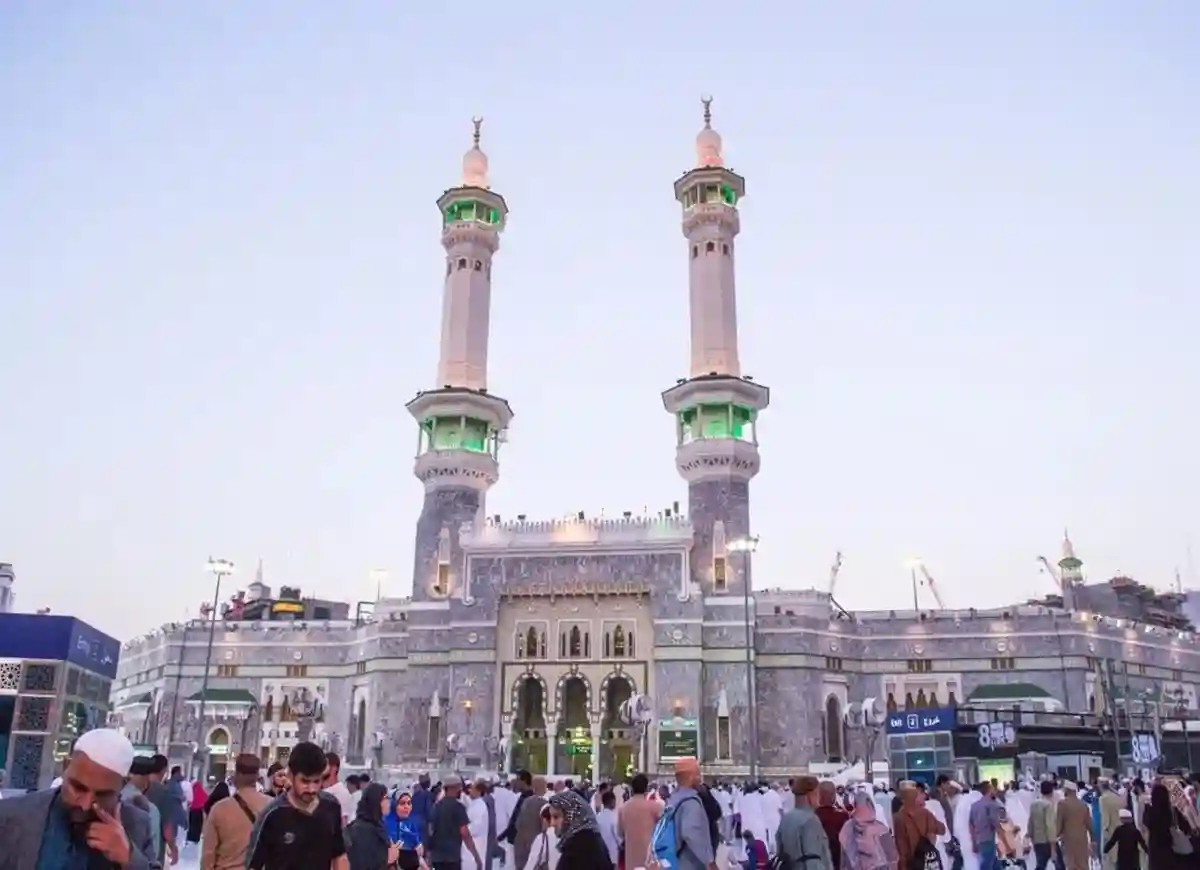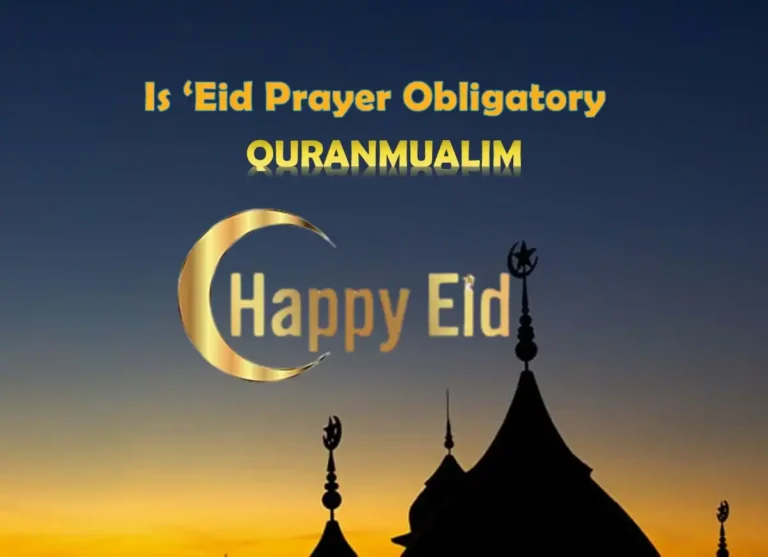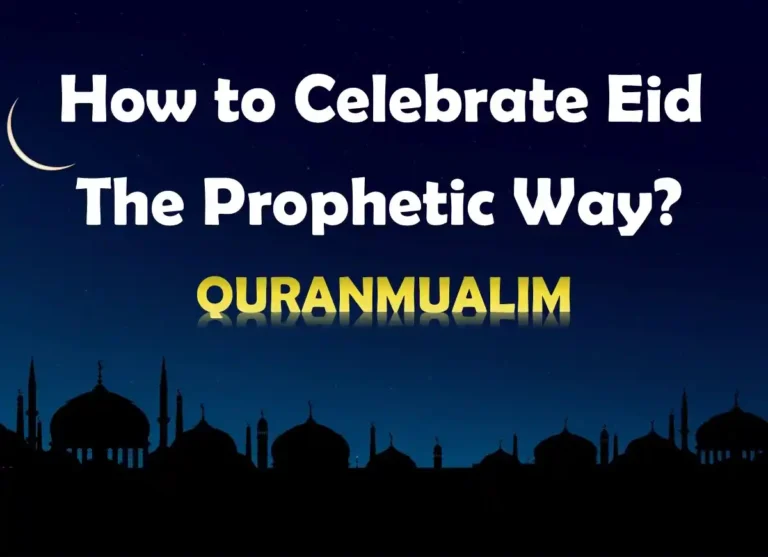Makkah and Madinah: Navigating the Significant Stops on the Sacred Journey, Illuminating the Path to Mecca and Madinah” “The Arabs refer to stones as al-khawalid al’sama’a (‘mute immortals’) to emphasize not just their apparent permanence, but also their quiet.” Hamza Yusuf said,
This story starts at the halfway point.
In the beginning of 2005, Abdullah Alkadi observed a single, straight stone on the left of a dirt track that winds over rocky hills about halfway along the ancient caravan route connecting the holy towns of Makkah and Madinah in the western part of Saudi Arabia.
Reminiscent of an ancient sentinel weathered by wind and sand, it stood roughly a meter tall. “It was evident that it was not a random find,” he wrote later. “The stone was designed and sculpted to be placed there.”
Alkadi was looking for historical locations that were related to specific Qur’anic verses. He was especially drawn to people who were a part of the Hijra movement, which began in 622 CE. prophet Muhammad and his adherents traveled over 450 kilometers north from Makkah, mostly by caravan, to the location of the first mosque they would eventually build and establish Madinah as the home of the first Muslim community.
Alkadi knew that old records mentioned checkpoints that helped travelers on this path, but aside from boundary markers at the borders of these sacred cities, no stones had yet been discovered along the journey, and the records gave scant information about them.
From his home in al-Khobar on the east coast of Saudi Arabia, Alkadi recalls, “Much of the work we did was carried out by walking.” He is an associate professor in the college of architecture and planning at Imam Abdulrahman Bin Faisal University in Dammam as well as the vice president for studies, development, and community services there. He graduated from Portland State University in Oregon, USA, with a doctorate in regional and urban development in the US.
Following their discovery of the stone, as he explains, he and his study team dug up a third of it to find it buried, which provided the support system needed to keep it standing for a very long period.
In the Arabian Peninsula, stone markings of roads and pathways were also used on other desert caravan routes. Rather of being monoliths, the bulk of monuments were cairns, which are conical heaps of stones. The amount of work needed to remove, carry, and install this basalt stone made its importance abundantly evident. Was it a means of helping travelers stay on the path? Maybe a distance marker as well, just as Alkadi had hoped?
The stone is currently one of the 63 landmarks Alkadi has discovered and is the Number 12 out of 55 documented throughout the route in his book, Milestones of Arabia, which was published the year before with both Arabic and English.
He explains, “triggered a 16-year, obsessed search,” involving more than 50 visits to different segments of the caravan route and numerous hours of study and map “to find more stone markers and to establish their significance and connection to one another.”
Six thousand years ago, people from the Indus Valley, Egypt, and Babylonia began constructing highways. On the other hand, the Romans were the first to use stones to measure distances. The mile was also invented by the Romans, who took their mille pasus—1,000 paces—from the Latin.
Every time your left foot made contact with the ground, they tallied one step. (The Imperial Roman mile was claimed to have measured five thousand Roman feet, since each pace is equivalent to five Roman feet.)
Arabs had a similar word, mil, which is pronounced as a synonym for “meal.” However, scholars have been unsure about how mil was calculated and how the distance between them was established, in addition to whether or not mil’s relationship to Latin is a coincidence or a derivative.
The human body was employed by Arabs, as it was by Egyptians, Sumerians, Romans, and many other cultures, to establish standards of measurement. These measured the breadth of a finger, or handspan; the length of a person’s foot; the length of their forearm; and, at the largest, the arm span.
A mill might be estimated using steps, the distance an arrow would fire from a bow, or—perhaps most intriguingly—the distance at which the human shape could be seen while it is on a level surface. Four thousand armspans was one way to calculate a mill.
Here etymology can be useful. It is Alkadi who explains Mil. is directly derived from the Mayala verb, which means to lean on and move toward something. Arabic meaning milestones, amyal, is a phrase that is frequently used in plural. This may indicate that the Arab mil was derived from optical distance references in its early history, at the very least. (Although it’s thought that maa’il is the Arabic term for “italics” nowadays.)
The pre-Islamic historical records that Alkadi found gave miles that seemed to range from 1,500 to over 1,800 meters. In this context, Alkadi set out to unearth more significant turning points along the Madinah-to-Makkah route, which is also known as the Road of the Prophets.
This is the main road that Muslim pilgrims and merchants have traditionally called darb al-anbiya, also known as the prophets’ road. It is thought that, in addition to the prophets’ route, Muhammad, Abraham, Moses, and Jesus also traveled this route, which runs north to Jerusalem and south along the coast to Yemen.
“My hopes were in the event that I was able to identify enough landmarks, I would be able to measure the distance between them, and arrive at precise measurements of the mill,” Alkadi explains.
He and the driver set out over the rugged terrain, assuming the course indicated by the odometer, which showed 1.6 kilometers or so. The statute mile that is currently used, primarily in the US and the UK, is 1,609 meters. As the going got rougher, they made the decision to walk.
A little off the track but still larger than the other stones, they found a flawlessly shaped granite stone, but it was somewhat broken. They persisted and came across another. Alkadi proceeded with greater accuracy, following an arc with an even distance or a multiple of it, from each milestone, thanks to the three consecutive stones that allowed them to measure and compare their exact distances to one another.
Through Saudi Aramco, which was using a light aircraft to survey coastal area in advance of the construction of King Abdullah University of Science and Technology, Alkadi requested aerial survey help in 2008. It turned out, though, that individual stones could not be identified, not even by the most sophisticated equipment available for mapping geological properties. The subject turned back to surface walking.
Over the 430 miles that make up the Darb al-Anbiya, between its historic ends at the borders of the holy cities’ the haram or sacred precinct, Alkadi has found 63 markers thus far. Madinah and Makkah are included in this.
Every stone in its proper location, whether it was prone, partially buried, or broken into pieces, was measured, inspected, and photographed. The spacing between stones is only a few meters different than the current Statutory mile, which is 1,609 meters.
Alkadi thinks he will be able to find around half of the 133 additional landmarks that he thinks were formerly on the route but haven’t been found. They are likely fully buried, smashed into shards, or both. The remaining ones won’t be found since they were destroyed by contemporary construction projects, flash floods, or other haphazard natural or man-made disasters.
In addition to being a well-known authority on the history of desert travel, Prof. Saad Al-Rashid served as Saudi Arabia’s deputy minister of antiquities. His book Medieval pathways to Mecca: A study of the Darb Zubaydah Pilgrim Trail, which connected modern-day Iraq to the holy city of Mecca starting in the 9th century, was updated and published in 2020.
Alkadi’s study, “is impressive in the method he’s employed new techniques and instruments to trace this ancient road connecting Madinah to Makkah and also mark stop points, and locate milestones,” he says. He claims that some of these stones are even more fascinating because they have tribal markings and Arabic inscriptions on them. “We are now looking at further studies that will build upon Dr. Alkadi’s significant research as well as fieldwork.”
For example, historians can better comprehend not only the locations of locations mentioned in historical records, but also the measurement of distance in other units thanks to the definition of distance in mil. One of these travel routes, the marhalah, which is 24 miles long, was the most important.
The word “marhalah” is defined by Alkadi as “the moment when cargoes are laid to rest,” referring to a day’s ride on a camelback. Ibn Manzur, an Arabic lexicographer from the 13th century, connected the word “marhalah” to the word “rahilah,” which is the pack animal. For this reason, caravans were usually able to cover a marhalah with a blanket before making camp for the night.
Even though this kind of measurement was employed in many different contexts throughout the ages in other nations, it wasn’t until the arrival of Islam in the seventh century CE and the subsequent adoption of the canonical practice that metric distances like the mil and their derived multiplications like the marhalah also gained religious significance.
Alkadi explains that the marhalah “was employed to calculate the exact distance that religious community could cover on the road to reduce or mix prayer. This distance could also make pilgrims eligible for various exemptions, such as exempting them from fasting during Ramadan.”
Alkadi goes on to say that travellers had to have a trip that included at least two marhalahs that were in the exact same direction in order to qualify for such exemptions.
Alkadi goes on to describe how, in the seventh century CE, a half marhalah, or 12 mils of it, was used. It was at this time that the Umayyad caliph Mu’awiyah, who was based in Damascus, set up postal courier services using the half-day relay system. Al-barid was the name used to refer to the postal service’s half-marhalah; it is still used to refer to all postal services.
“The post offices were established each day for a distance of 12 miles (19 kmon the major roads of the growing Islamic Empire,” states Alkadi. Each official courier completed deliveries to the station the following day and returned to his home station the following day. It was a single marhalah’s one-day, round-trip trek.
The trip from Madinah to Makkah might be completed in 11 days, with the final day being six miles shorter, by using the length of marhalah as a guide.
“I was determined to discover the sequence of milestones that runs across all 11 marhalahs, “says Alkadi. The first stone, which was discovered to be the 12th of the 55 stones he had named in the book, was situated on the sixth marhalah, which yielded the most number of stones of all: 21.
According to his description, this portion of the road was closed between the ninth and eleventh centuries CE in favor of a route that ran more westward. After then, it was deserted, and the sixth marhalah was actually an untraveled path. Furthermore, its milestones are the best-preserved section of the roadway due to its isolation from contemporary cities and roads.
This does not imply, however, that they were difficult to locate. Some of them offered an intimidating challenge. Alkadi was having trouble finding milestone 29 in 2016, but he still wanted to finish the series from milestones 10, 30, and 31. In the ensuing two years, it took him six visits to the area, each time armed with new information and various measurements. Alkadi discovered only tiny stones strewn all over the surface, none larger than 20 centimeters in size, and none exhibiting any discernible pattern.
“We decided to investigate all of these stone to determine if could determine if one was a marker’s tip. The patient surface diggings were rewarded with the discovery of a submerged granite landmark that was discovered in the year 2018, measured 170 centimeters tall and measured 60 by 45 inches in width.” Following the measurement and discovery of the landmark photographed, Alkadi adds, “it was carefully reburied to rest in its place.”
Similar in nature to milestone 28, this “angular flat-surfaced slab buried in sand” has proven to be difficult to find, but it has proven especially helpful due to a two-word inscription at the point of the stone that identifies the date: khamsa mil (five mil). Alkadi claims that the reference to distance is irrelevant because of the manner the letters are written:
They are not embellished with the marks that were adopted in the late ninth century CE and gave each Arabic letter its unique appearance. Similar letters also serve as the basis for the other inscriptions on other landmarks, all of which provide dates for events that occurred no earlier than the start of the ninth century.
Alkadi thinks the other stones he’s found in fragments might be torn from their foundations and flung against the other stones during flash floods. Large catchment areas can produce strong torrents of water that flow towards the Red Sea coast along riverbeds that only flow during floods over the mountains of Hijaz, which is located in western Saudi Arabia.
Alkadi was unable to locate a single point of interest on the final marhalah, which is completed at the boundary marking the edge of the haram in Makkah. Alkadi didn’t find any until the second marhalah, which starts at the Prophet’s Mosque’s perimeter in Madinah and has a marker at the base of a tree 33 millimeters from it.
This marhalah is comparable to the first one, which starts at the edge of the haram. According to Alkadi, the lack of landmarks along the path’s sides is probably due to the disturbances brought on by holy cities’ growth and building over time, especially in the last few years. Furthermore, Alkadi found only one landmark per stretch on the ninth and tenth marhalah, and not a single landmark in the fourth marhalah.
Photographer Peter Sanders traveled with Alkadi and his team for the first of three trips in 2012 to capture the momentous occasions. “These were extremely difficult expeditions, but they left a lasting and profound impression” recalls Sanders. Sanders, who has documented Muslim locations and cultures worldwide for the past 55 years.
The markers were placed “to help pilgrims and travelers towards their proper destination,” according to Sanders, who is based northwest of London. He also recalls that “with my senses being heightened because I was in the desert as well as my vivid imagination I would sometimes see bearded people carved into one of the landmarks. These became acquaintances.”
Alkadi speculates that Sanders could not have been the only one to anticipate these happenings. Many of the monuments’ human-like dimensions and proportions offered travelers a kind of human-like comfort in areas where amenities were few and dangers were high.
“They resemble humans in size,” he claims, adding that this similarity increases when one views them from a mile or two away, the distance at which they may resemble a fellow traveler. Some even tilt in such a way as to resemble walking, such as milestone 17, and have a “weathered silhouette, when viewed from either direction looking remarkably human.”
The Alkadi claims that after allowing one problem to lead him down a different path, the next move will both take him farther and deeper. In order to uncover more significant locations and do research on the extension of the Yemeni route to the south as well as the northern route to Palestine, he intends to dedicate more time to these endeavors.
He hopes to “encourage and persuade government officials as well as lay people, scientists, and academics to acknowledge the significance of the important milestones.” He goes on, “I’m convinced that, besides their historical significance, they could also contribute significantly to the economies,” especially “in regards to its tourism landmarks and cultural heritage.”
Despite the fact that few important milestones between Madinah and Makkah have been found.
In addition, Al-Rashid is searching for ways to develop culturally immersive programs both on the road and off.
“These allow travelers to camp and travel on the way by horseback or on foot,” according to him, and “feel the rituals associated with the journey. …They will be able to enjoy the stunning mountain and desert scenery of the region, and also discover along the way. These trips will be an educational and enriching experience.”
In order to preserve these sites for future generations of travelers as both silent allies and historical markers, Alkadi also aspires to assist in their restoration. Each, he says, is “one more piece of the intricate mosaic of past of the Arabian Peninsula.”
Contributing editor and writer for Aramco World is Peter Harrigan. In addition to publications about Diriyah, he is the founder and editor of Medina Publishing. In addition, he serves as the chief editor at Arabian Publishing, whose most recent publications include Geraldine Rendel’s Across Arabia: Three Weeks in 1937.
One of the most well-known photographers of Muslim culture in the world is Peter Sanders. For over fifty-five years, he has traveled the globe in search of photographs that capture the love and humanity of the human race.
Categories: PRAYER (Salat), ALMS (Zakat), SAWN (Fasting) HAJJ (Pilgrimage) & DUA (Supplications), Hadith and Tafseer, The Holy Quran, Quran Jaz 1- 114
Topics: Ushr and Zakat, Hijab, Arabic Corner, Faith, Islamic History, Biography, Sirat ul Nabi PBUH, Islamic Studies, Halal & Haram
Hajj:
- What is Ihram Haji ? | Hajj and Umrah-Quranmualim
- Importance of The Days of Zil Hajj | The Day of Arafah
- Define Menses during Hajj and Umrah | Mina in Makkah
- The Holy pilgrimage of The Messenger | The Rituals of Hajj
- 3 Types of Hajj | Tamattu | Ifrad | Hajj Qiran – Quranmualim








